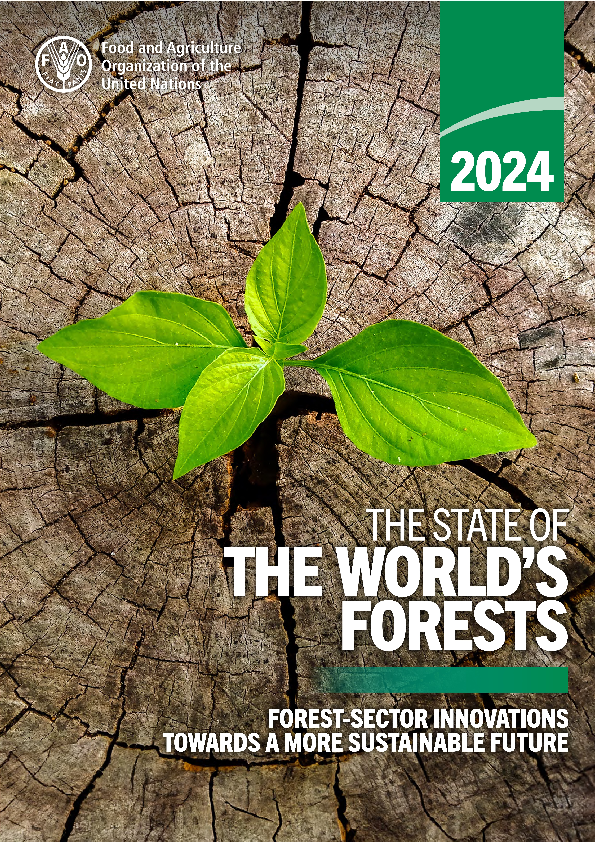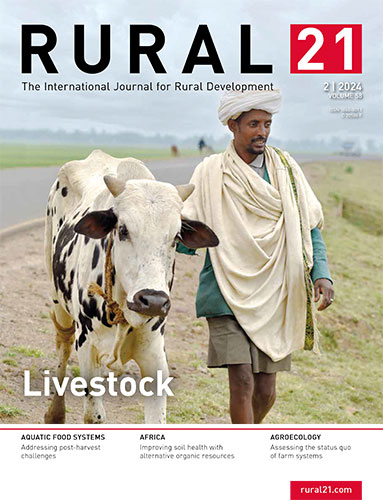 Read this article in French
Read this article in French- Share this article
- Subscribe to our newsletter
The State of the World’s Forests 2024
Climate change is increasing the susceptibility of the world's forests to stressors such as wildfires and pests, according to the report The State of the World’s Forests 2024: Forest-sector innovations towards a more sustainable future, published by the Food and Agriculture Organization of the United Nations (FAO) in July 2024.
Wildfire intensity and frequency are increasing, including in areas not previously affected, with fires in 2023 releasing an estimated 6,687 megatonnes of carbon dioxide globally. Boreal fire was previously responsible for about 10 per cent of global carbon dioxide emissions. In 2021, such fires reached a new high, mainly driven by extended drought causing an increase in fire severity and fuel consumption, and accounted for nearly one-quarter of total wildfire emissions.
Climate change also makes forests more vulnerable to invasive species, with insects, pests and disease pathogens threatening tree growth and survival. Pine wood nematode has already caused significant damage to native pine forests in some countries in Asia, and areas of North America are projected to experience devastating damage due to insects and disease by 2027.
Global wood production, meanwhile, remains at record levels. After a brief dip during the COVID-19 pandemic, production is back at about 4 billion cubic metres yearly.
Nearly 6 billion people use non-timber forest products, and 70 per cent of the world’s poor rely on wild species for food, medicine, energy, income and other purposes. Projections indicate that global roundwood demand could increase by as much as 49 per cent between 2020 and 2050.
Faced with such challenges, the report argues that forest-sector innovation is a crucial enabler of progress towards achieving the Sustainable Development Goals.
The report identifies innovation types that enhance forests' potential to address global challenges and presents 18 case studies from around the world, which provide a glimpse at the wide range of technological, social, policy, institutional and financial forest-sector innovations – and combinations of these – that are being tested and implemented in real-world conditions.
(FAO/ile)
Read more and download the report on the FAO website





Add a comment
Be the First to Comment